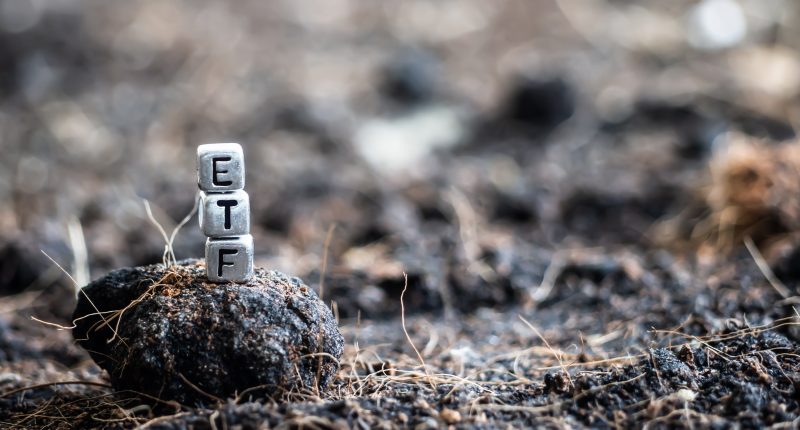With the stock markets in India registering their best performance in the second quarter (Q2) of 2023, there are several exchange-traded funds (ETFs) available to an investor that tend to offer targeted exposure to the economy.
ETFs are passively managed funds, which are traded on the stock exchange similar to shares. Comparatively, ETFs are quite cost effective considering they lower management costs than actively managed funds.
An investor has a choice of different types of ETFs based on investment goals, risk appetite and return potential.
There are various types of ETFs available in the market, which primarily include equity, debt and commodity.
In this regard, equity ETFs track stock market indices such as BSE Sensex and NSE Nifty offering potential returns over the long term. Equity ETFs offer the flexibility of investing in stocks and the simplicity of equity mutual funds.
Debt ETFs, which primarily invest in fixed income securities such as bonds. Such ETFs tend to offer less volatile returns or relatively stable returns in the short term.
Commodity ETFs, which tend to offer exposure to commodities such as gold and silver without having the need to physically buy or store them. Compared to physical commodities, such ETFs tend to offer higher liquidity.
As of February 2023, the Indian ETF market has witnessed a significant jump with its assets under management (AUM) surging by five-fold since 2018.
The AUM of Indian ETFs rose by over 69% year-over-year from 2021. Until December 2021, the ETF AUM was Rs 4,03,705 crore, which rose to Rs 5,20,232 crore.
ETFs are a suitable investment tool to diversify portfolio and capitalise on the potential growth of the Indian market. An investor is required to have a demat (dematerialised) account in order to initiate the process of buying and selling ETFs.

Rajiv is an independent editorial consultant for the last decade. Prior to this, he worked as a full-time journalist associated with various prominent print media houses. In his spare time, he loves to paint on canvas.





